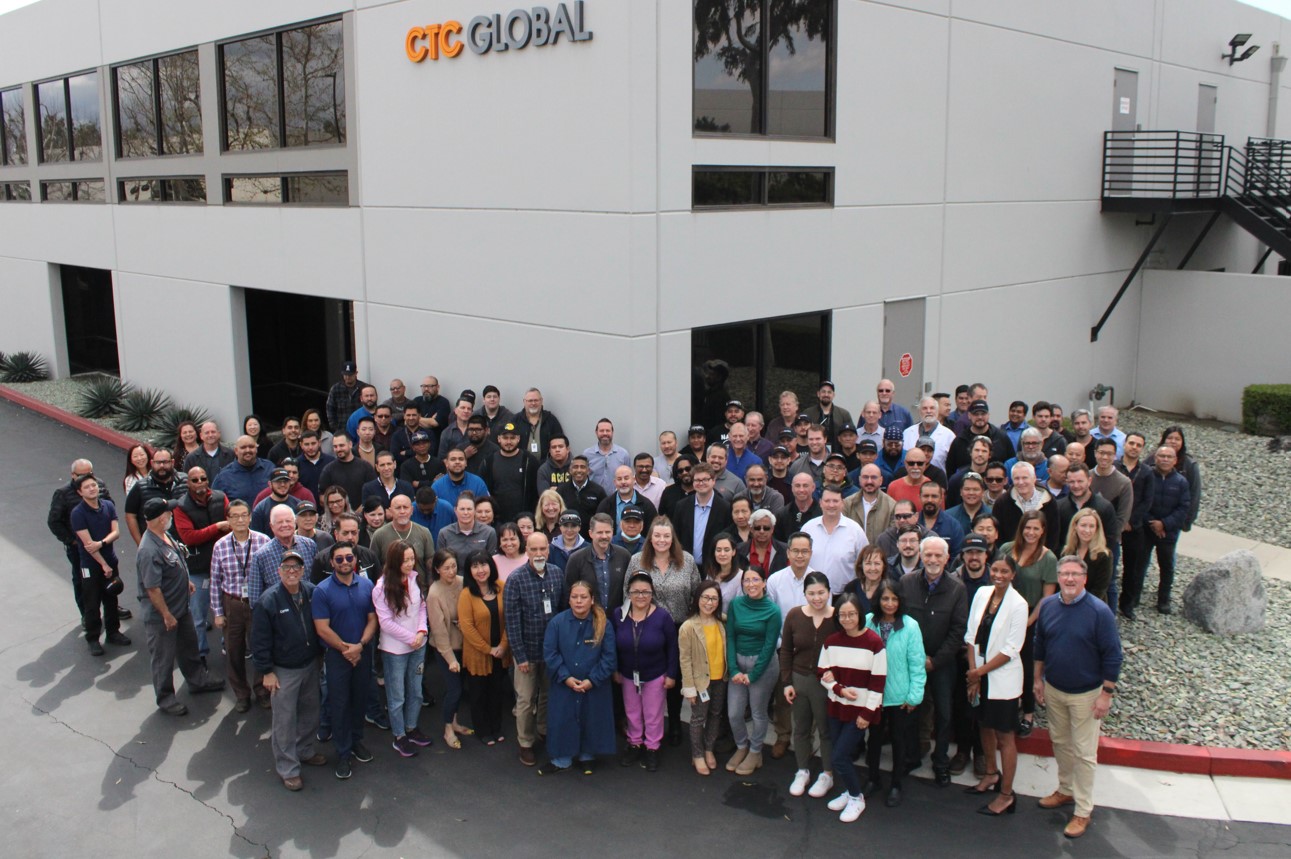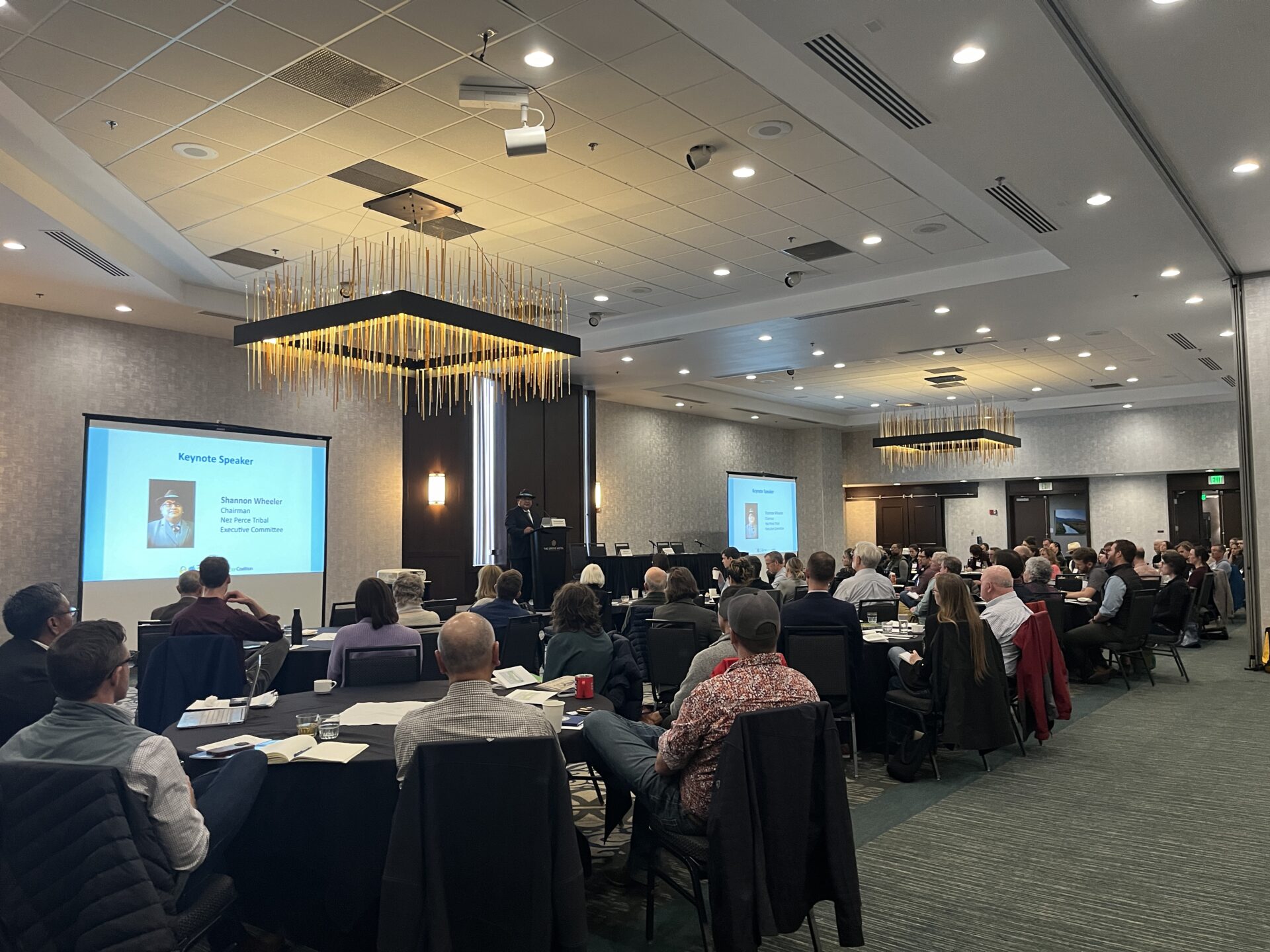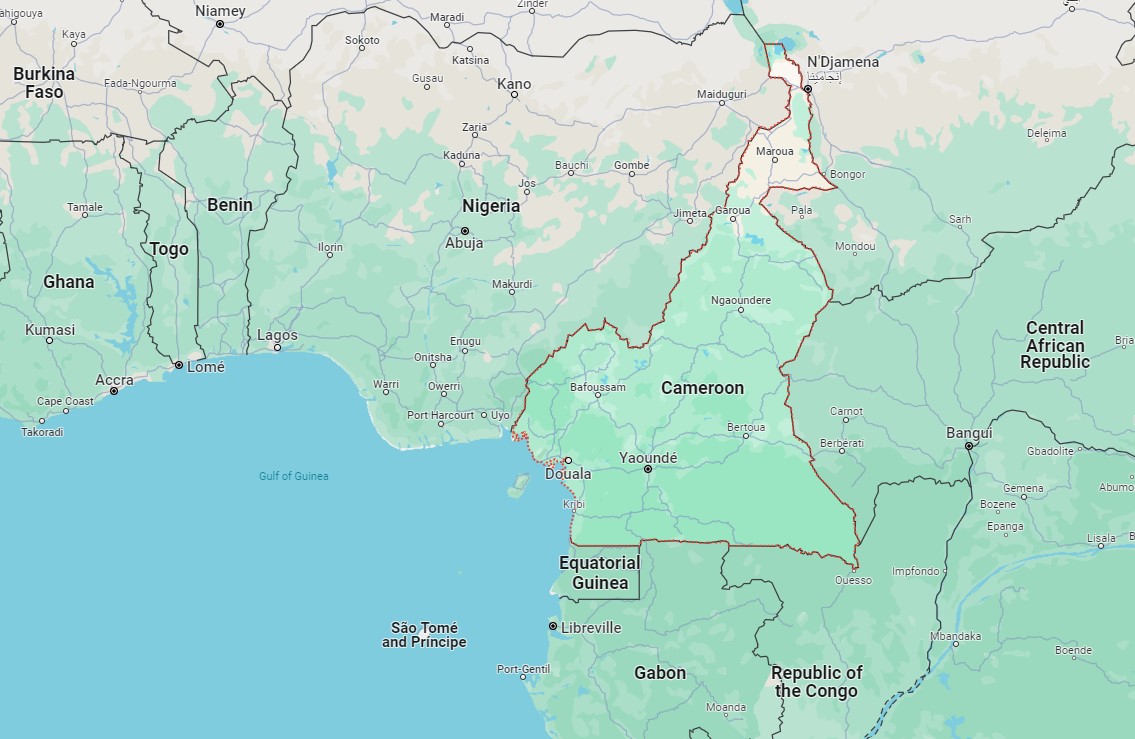Selected as the best option for an upcoming reconductor projects, TenneT chose CTC Global’s ACCC AZR Conductor that uses high-strength aluminum zirconium to supplement the high-strength ACCC Composite Core. This product was engineered to reduce blow out and sag under extreme wind and ice load events.
In the first deployment of CTC Global’s ACCC AZR Conductor in Europe, TenneT Netherlands selected ACCC AZR Conductor for an important reconductoring project. Unlike conventional ACCC Conductor that uses fully annealed aluminum strands, the AZR version of ACCC Conductor uses a stronger aluminum zirconium alloy designed to resist extreme wind and ice load events.
The Delesto combined heat and power plant and the Eneco bio-energy plant are located in Delfzijl, Netherlands. These power stations are connected to the Delfzijl Weiwerd high-voltage substation and from this high-voltage substation, 110- and 220-kV connections run to further dissipate and transport the power, including to the Groningen Hunze high-voltage substation. This connection is important for the energy supply of the city of Groningen. The region is generating (more and more) sustainable electricity.
In order to be able to continue to supply and distribute these and other planned new energy sources, TenneT Netherlands is reinforcing the 110-kV connection between Groningen Hunze and Delfzijl Weiwerd.
TenneT faced a particular challenge when upgrading the twin-circuit line between Groningen and Delfzijl, GNHU-DZW110. The total route length of 28.2km over flat terrain covering 89 towers is subject to high wind and potentially high ice-loadings. There is an additional short 2.1km spur line tying in the Stadskanal sub-station SKN-SKNV110 to be upgraded from 500A to 777A at the same time.
CTC initially conducted analysis using a variety of high-stength core and conductor permutations, all of which achieved TenneT’s capacity increase requirements from 760A to 1323A.
However, as project discussions developed, it became clear that TenneT desired to “standardise” on a single conductor profile across the network wherever possible, in this case ACCC Warsaw. CTC and its stranding partner Midal undertook a detailed analysis, resulting in a newly developed ACCC AZR Warsaw with a “Z” profile outer layer.
The combination of soft, annealed pure Al0 and AT3 alloy layers presents another very viable option for environmentally challenging areas, with only minimal loss in carrying capacity over standard ACCC. “This adds significant capability and cost-effectiveness to CTC’s proven ULS (Ultra-Low-Sag) core variants already deployed in Northern Europe, particularly for areas where high wind and ice loadings can be expected” stated Eric Bosze, CTC’s Director of Conductor Materials Research.
Full details on thie TenneT project can be found under:
https://www.tennet.eu/nl/ons-hoogspanningsnet/onshore-projecten-nederland/groningen-delfzijl-110-kv/





